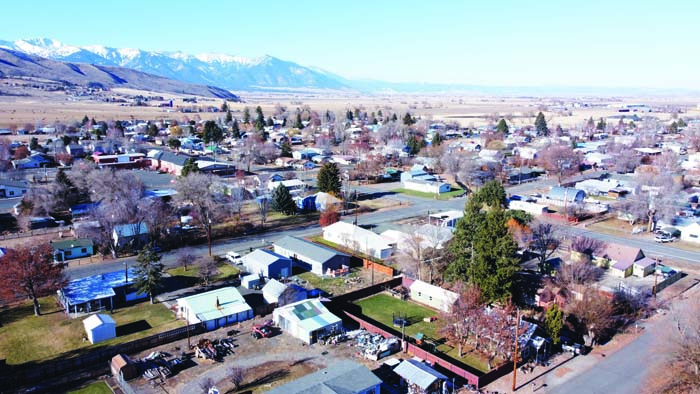Baker County appraisers adjusting real market values of residential properties in Baker City
Published 10:22 am Wednesday, May 28, 2025

- Appraisers from the Baker County Assessor's Office are appraising real market values of residential properties in Baker City. (Jayson Jacoby/Baker City Herald, File)
Two appraisers from the Baker County Assessor’s Office are about halfway through one of their most daunting tasks — appraising each of the approximately 4,500 residential properties within the Baker City limits.
The job, which started last spring and will wrap up this summer, is done every six years, County Assessor Kerry Savage said.
The county is divided into six zones, and property values are updated in one zone each year.
The Baker City residential appraisal involves the largest number of properties of any zone, said Savage, who has worked for the assessor’s office for 38 years.
Oregon law requires counties to update real market values yearly.
Two types of valuations
The purpose of the appraisals is to set each property’s real market value.
That’s one of two values shown on annual property tax bills mailed each October — and it’s not the one on which the tax bill is based.
How much property owners pay is based on the assessed value, also known as taxable value, Savage said.
In most cases, the real market value is the higher amount — often tens of thousands of dollars higher.
Due to voter-approved ballot measures that modified Oregon’s Constitution, generally speaking the annual increase in a property tax bill is limited to 3%, Savage said.
There are exceptions, including when a property owner adds on to a home, builds a garage or makes some other major improvement that can boost the assessed value and thus the tax bill, he said.
(Building a fence, planting trees or placing a garden shed doesn’t qualify.)
Voter-approved tax levies, which are exempt from the limits in the ballot measures, can also boost the bill beyond the 3% threshold.
A property’s real market value, by contrast, can fluctuate much more than 3% from year to the next, although, to reiterate, those changes don’t affect the amount the property owner pays in taxes, since the bill is based on the assessed value, not the real market value.
Changes in real market values are driven largely by the real estate market, Savage said.
The assessor’s office changes real market values each year — not only in the one year out of six when appraisers visit each property.
During the years when properties aren’t appraised, the adjustment in real market value is based on how much comparable properties have sold for over the past year, Savage said.
Over the past five years, since the last appraisal of residential properties in Baker City, the average sales price of single-family homes has risen substantially.
According to Redfin, the monthly median sale price in 2021 ranged from $165,000 to $295,000.
In 2024 those figures ranged from $205,000 to $325,000.
Savage said the assessor’s office, based on the real estate market, has increased the real market value of many residential properties in Baker City by more than 10% percent — and in some cases by 20% to 30% — since the last appraisal.
The rate of increase in real market value seems to be leveling off, though, Savage said on Wednesday, May 28.
He said some property owners might see a decrease in real market value in this year’s tax statement.
Savage emphasized, though, that because the tax bill is based on assessed value, not real market value, most owners are likely to see a 3% increase in their bill regardless whether the real market value increases, decreases or stays the same.
The appraisal process
Savage said that in the vast majority of cases, the county appraiser looks at the property from outside.
If the property owner is home and agrees to an interior inspection, the appraiser will walk through the home as well. But Savage said that rarely happens.
In any case, the main purpose of the appraisal, which takes around five to 10 minutes, is to check the house’s structural condition — roof, siding, windows, for instance.
Superficial factors such as landscaping aren’t a factor, Savage said.
For homes that have no major structural problems that could reduce the real market value, the new real market value will be based in part on the sales price of comparable properties, he said.
What’s next
Starting in July, county appraisers, as they continue looking at residential properties in Baker City, will also start the next zone, which is commercial and industrial properties within the city.
That work will continue into 2026, and the new real market values for those properties will be on the tax statements mailed in October 2026.





